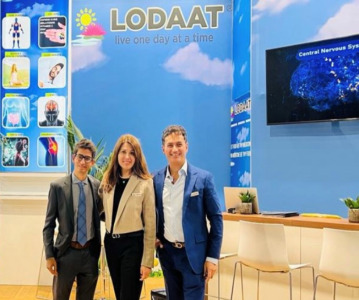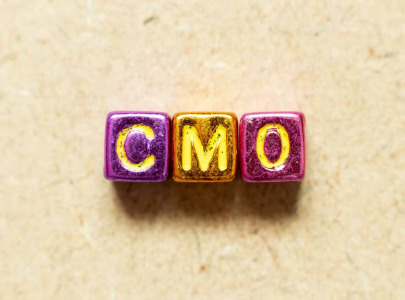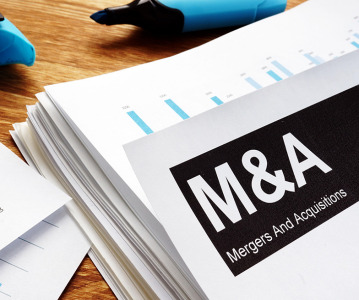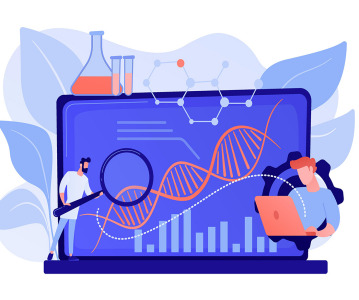CPHI Webinar: How is M&A Shifting the Pharma Manufacturing Landscape?

Watch this CPHI Webinar sponsored by PharmaVentures, in which a broad panel of experts across the pharmaceutical manufacturing space discussed how M&A activity is being shaped by this ever evolving and complex sector
The broad scope of the pharmaceutical manufacturing landscape is making merger and acquisition activity in the sector ever more complex with several varying factors driving decisions, according to a recent CPHI Webinar sponsored by PharmaVentures.
In the webinar, ‘How is M&A Shifting the Pharma Manufacturing Landscape?’ delegates heard that these factors include regulatory, emerging technologies including specialist manufacturing, ownership of and access to intellectual property, cost, productivity and skills and geography.
Opening the session, Fintan Walton, CEO and Founder, PharmaVentures said the current manufacturing sector consisted of established pharma companies doing their own in-house manufacturing, pharma firms with CDMO operations such as Boehringer Ingelheim, pure CDMO players such as Lonza and Catalent, and traditional diversified service contractors such as Thermo Fisher.
“And then we have new ideas appearing in our sector where we have a company like CSL entering a relationship with Thermo Fisher where they lease the manufacturing facility in Switzerland and will have the ability to do manufacturing on behalf of CSL but can also bring in their own contracted services,” he added.
He told the audience that M&A itself is driving the shape of the manufacturing landscape through a variety of different types of deals.
He said established pharma firms were buying similar companies, giving the example of BMS’ acquisition of Celgene and Abbvie’s purchase of Allergan, while CDMOs were buying manufacturing operations or other CDMOs.
“And then we have non-CDMOs buying CDMOs and entering the field, such as Thermo Fisher – it’s a very active field,” he said.
When asked what the motivation was for a Big Pharma company to sell manufacturing infrastructure rather than just retain it, John FitzGerald, Senior Director, Business Development & Acquisitions, AbbVie drew on his company’s recent acquisition of Allergan as an example.
“When you buy a company as big as Allergen, there’s going to be some pieces that probably don’t fit with your current and mid-term strategy and so what you try to do is get some value from that because typically there are targets you need to hit from a business perspective such as cost savings,” he said. “We looked at where we were right now and where we were going to be in the future and one of the things that was important to us was finding a home for one of the new sites we had acquired and from a people perspective you want to try to ensure that they retain their jobs at the company.”
He added that in the roughly ten-month process of selling Allergan Biologics’ 150-staff biomanufacturing site to CDMO Pharmaron, AbbVie had developed a good relationship with the buyer “and actually we’d used Pharmaron from the CDMO perspective to begin with” but said this was not a driving consideration of the strategic decision to sell.
“We were not only looking as CDMOs [as buyers] but also at strategics and financials such as private equity companies that would make the best fit and continue on with the operations,” he added.
William Marth, Managing Partner at North Ocean Ventures said that one of the biggest concerns for CDMOs when buying a manufacturing facility from a large pharmaceutical company was having to take on an operating system serving a variety of clients rather than just one.
“Therefore, getting that culture to understand this challenge and adapt very quickly is important,” he said. “The other issue today is buying an existing CDMO itself, the multiples are so high because the demand is so hot that it can’t be done so you essentially have to look for these pieces from pharma companies or other players to put together your own CDMO to offer the right capabilities that Pharma would like to use.”
The webinar also features Andreas Raabe, Managing Partner & Founder, Adragos Pharma, Jansen Jacob, Vice President, PharmaVentures and Ozgur Akbulut, Director - Global Divestments and Contract Manufacturing Lead, Takeda.

Related News
-
News CPHI Barcelona Speaker Interview: Rare diseases and the microbiome boom
At CPHI Barcelona (24–26 October, 2023) we took the time to catch up with one of our speakers, Rajiv Khatau who gave a presentation on: The Microbiome Boom - Unlocking Potential Through Listening to the Gut and was a panellist on:&... -
News CPHI Barcelona 2023 – the Product Innovation sessions: tired of leaking softgels?
Learn how to improve softgel seams and process efficacy from GELITA's presentation in the Product Innovation theatre from the Content hall at CPHI Barcelona in October 2023. -
News How to Commercialise an Advanced Therapy: Connect to Frankfurt on-demand
In this Connect to Frankfurt session, Andrea Zobel, Senior Director, Personalized Supply Chain at World Courier (Berlin Germany), Melissa Lattanzi, VP Emerging Therapies at AmerisourceBergen (King of Prussia, USA), and Hans-Peter Scherzer, Customer Suc... -
Sponsored Content CPHI Podcast Series: Key Considerations in Selecting the Right CMO Partner
In this month's episode we hear from Jayna Blake, Senior Project Manager for Technical Programs at Baxter BioPharma Solutions, on key considerations for successful CMO selection. -
News CPHI Podcast Series: Success in healthcare M&A, taking a people-first approach
Global mergers and acquisitions hit an all-time high in 2021, and in the life sciences industry these kinds of deals show no sign of slowing down. -
News CPHI Podcast Series: Connecting the user to your product – Smart packaging for smart devices
Smart devices are revolutionising how we live our lives and changing the shape of the industries adopting them. One such industry is healthcare, where the benefits of context-aware devices and real-time data sharing are having tangible effects on patie... -
News Biomanufacturing Trends – Capacity, Capability and Careers
In this month's edition of the CPHI Webinar Series, experts from BioPlan Associates and NIBRT share insights on key trends impacting the biomanufacturing and bioprocessing sector. -
News CPHI Podcast Series: Orally Dissolving Tablets
In this month’s CPHI podcast, sponsored by Galien Pharma, we focus on the technology behind orally dissolving tablets.
Position your company at the heart of the global Pharma industry with a CPHI Online membership
-
Your products and solutions visible to thousands of visitors within the largest Pharma marketplace
-
Generate high-quality, engaged leads for your business, all year round
-
Promote your business as the industry’s thought-leader by hosting your reports, brochures and videos within your profile
-
Your company’s profile boosted at all participating CPHI events
-
An easy-to-use platform with a detailed dashboard showing your leads and performance







